http://www.marksdailyapple.com/
 One of the biggest challenges of going Primal (or Keto or anything that goes against the norm of the Standard American Diet) is dealing with people who have no clue why you’d ever do such a thing. Even though there have been tons of studies1 on the risks of eating processed foods, grains, and industrialized oils, there are just as many folks panicking when you pass on the rolls. It’s even harder when those folks are your spouse or significant other.
One of the biggest challenges of going Primal (or Keto or anything that goes against the norm of the Standard American Diet) is dealing with people who have no clue why you’d ever do such a thing. Even though there have been tons of studies1 on the risks of eating processed foods, grains, and industrialized oils, there are just as many folks panicking when you pass on the rolls. It’s even harder when those folks are your spouse or significant other.
If you’ve ever heard your partner say…
“I’d die if I couldn’t have bread.”
“One cookie isn’t going to wreck your diet.”
“Your body needs sugar!”
“You’re having bacon again?!”
…then you know what I’m talking about. As a health coach, I see this more often than I don’t. One half of a couple decides they’re done feeling foggy and carrying around extra fat, while the other feels “fine” and finds no reason to change how they’re eating — even though they’re pre-diabetic and their blood pressure numbers are sky high.
Signs You’ve Got a Difficult Partner
As you take steps toward improving your health and growing as a person, you might find that, instead of support, you’re suddenly on the receiving end of someone who’s sabotaging you, acting irritated and jealous, or just not willing to grow with you.
Your partner may come home with armloads of chips and cookies and refuse to eat anything that resembles a vegetable. Or make you feel bad when you ask for your burger lettuce wrapped. Or look at you like you’ve got two heads when you grab the full-fat yogurt off the grocery store shelf. Sound familiar? These are all signs that you’re dealing with a difficult partner. Here are some other indicators:
- They’re quick to blame you for their actions
- They seem to try to sabotage you
- They’re controlling
- They avoid or resist conversations with you
- They minimize your wins or your progress
- They judge you based on their beliefs
- They use guilt as a way to control the situation
Here’s the thing though. You can’t change other people. I don’t care how right you are, how much progress you’ve made in your own health journey, or how much time you spend cooking epic protein-forward meals. People only change when they want to change. That said, you don’t have to let someone else’s resistance derail your own goals.
How Difficult Partners Affect Your Health
Aside from it being downright frustrating to live with someone who refuses to take responsibility for their own health, it can increase your risk of certain health conditions.
One study from Montreal’s McGill University Health Centre evaluated the environmental factors, social habits, and eating and exercising patterns of couples and found that participants had a 26% higher chance of developing Type 2 Diabetes when their partner had the disease.2
The good news is, it works the other way too. In a trial funded by the National Institute of Health, researchers looked at the ripple effect of healthy behaviors in a household. Participants and their spouses were placed into two groups: an intensive lifestyle intervention (which included a specific diet and physical activity) and a care plan that included only education and support. Researchers weighed the couples at the beginning and end of the trial and found that approximately 25% of the spouses in the intensive intervention lost 5% more of their baseline weight compared to less than 10% of the spouses in the other group.3
All of which suggests that what you do can influence your partner. And vice versa.
9 Ways to Deal with a Difficult or Unsupportive Partner
These are the same tactics I teach my health coaching clients. They’re powerful ones you can use in your own life to avoid frustration, discouragement, and potential derailment, while helping inspire your partner to pursue their own holy grail of good health.
1. Don’t just set expectations, make agreements
A source of conflict in many relationships is the disconnect between expectations and agreements. You might tell your partner you’ve decided to follow a ketogenic diet or pursue a Primal lifestyle, but unless you get clear on your expectations and lay out an agreement, that line can get fuzzy.
For instance, if your significant other brings home fresh baked bread when you’re abstaining from grains, you may feel like he or she is trying to sabotage your efforts. But if an agreement hasn’t been laid out and agreed to, all you have is the expectation that your partner shouldn’t be doing that. Perhaps they don’t know how important it is to you to not have bread in the house. Or they think they’re being supportive by bringing home a treat. Getting clear on your expectations and agreements allows you to focus on your health goals without the pressure of assuming your partner knows what you want or need.
2. Have empathy toward your partner
It’s easy to be irritated by a partner who’s still dragging their butt out of bed, sucking down sodas to stay awake, or praising the virtues of Meatless Monday — especially when you’re feeling amazing doing the opposite. But it’s important to consider the emotions they’re going through during this time. There’s a good chance they’re jealous, fearful, or uncertain about your future together. After all, if your favorite couples’ activity used to be laying around, binging on junk food in front of the TV and now you’re hitting the hay earlier, jumping out of bed in the morning, and making time to cook up a nutrient-dense breakfast, they may not be sure how they fit into the picture.
And remember, there’s a big difference between empathy and sympathy. Sympathy is feeling bad or sorry for someone, where empathy is feeling those emotions with someone.
3. Communicate
When you’re feeling unsupported, it can be hard not to nag, shout, or give your partner the silent treatment. However, learning how to communicate effectively can help you get over this hurdle and any others that can (and likely will) come up.
Open up about what you’re going through, why you’re shifting your lifestyle, and why you’d really appreciate your support — without putting blame or shame on your significant other. Then, take a step back and hear what they have to say. Listening is as important a skill as talking when it comes to communication. Be aware of your body language too. Things like crossed arms or legs or tightly clasped hands give off a defensive or closed-off vibe.
4. Be a role model
Just by doing what you’re doing (purchasing unprocessed foods, cooking at home, getting out and exercising), you’re planting a seed in your partner’s mind about the importance of good health. Your positive actions have the ability to influence and motivate, without saying a word.
However, the biggest factor in whether or not they’ll be inspired lies in their own beliefs. According to a study, participants who felt like certain results were attainable to them were more apt to see a role model as inspiring. And participants who believed they couldn’t achieve more than they already had started to view themselves more negatively.4 In this case, a more gradual approach might be more beneficial if you want your partner to follow your lead.
5. Get your priorities in order
Another thing to keep in mind is that this is YOUR health journey. You’re the one who’s embarking on this change, not your significant other, your spouse, or even your kids. That’s why it’s crucial that you get clear on what message you’re putting out there. Sure, it would be great if everyone in your household ate the same thing (who likes to make two dinners anyway?) and no one ever brought cookies or Halloween candy or artificially colored and flavored juice drinks into your home, but that’s not necessarily realistic. It’s not necessary to your success either.
So, asking yourself: is your partner being difficult because they’re not supporting you? Or because they’re not eating and moving their body exactly how you’re doing it? Good questions to ponder. Someone can be supportive yet choose to not live a Primal lifestyle. And that’s okay.
6. Find common ground
Assuming that your SAD-loving partner would prefer to eat Twinkies and mac-n-cheese all day isn’t just unfair, it’s unproductive. Take a step back and figure out what foods you both enjoy eating (there’s got to be at least one, right?). Maybe you both like eggs or salmon or grilled asparagus. Or a great rare steak. By finding a favorite food in common, you can come up with meals that satisfy both of your eating preferences. Plus, the effort of wanting to find common ground with your partner can reduce the tension of a ‘my way or the highway scenario’.
7. Join a supportive community
If you’re not getting the support you need at home (or not enough support), there are tons of online groups you can engage with. Right now, the Mark’s Daily Apple Facebook group has more than 200,000 members. Keto Reset has 32,000 members. And Primal Blueprint has more than 20,000 members. If that’s not enough, reach out to a friend, a family member, or one of our expert health coaches.
Participating in a group gives you the opportunity to be with people who have a like-minded purpose. Not only will you be interacting with those who understand what you’re going through, it can help you feel less isolated, less anxious, and less stressed out.
8. Reflect on your own journey
You might be all-in when it comes to your keto or Primal lifestyle now, but think back to the beginning of your health journey. Transitioning away from a morning toast and OJ routine, or sandwich-and-chips-on-the-go isn’t always easy. And it’s not something to take lightly. So, if your significant other isn’t diving into Primal in one fell swoop, relax a little. They may need an approach that feels less scary — where they’re less likely to fail. Just remember that everyone’s journey is different. Even the people who live under the same roof as you.
What’s worked for you? Tell me if you’ve used any of these tactics or other strategies, when dealing with a difficult or unsupportive partner.
The post 8 Ways to Deal with a Difficult Partner (Who Doesn’t Eat Like You Do) appeared first on Mark’s Daily Apple.


 People often ask me why I use
People often ask me why I use 

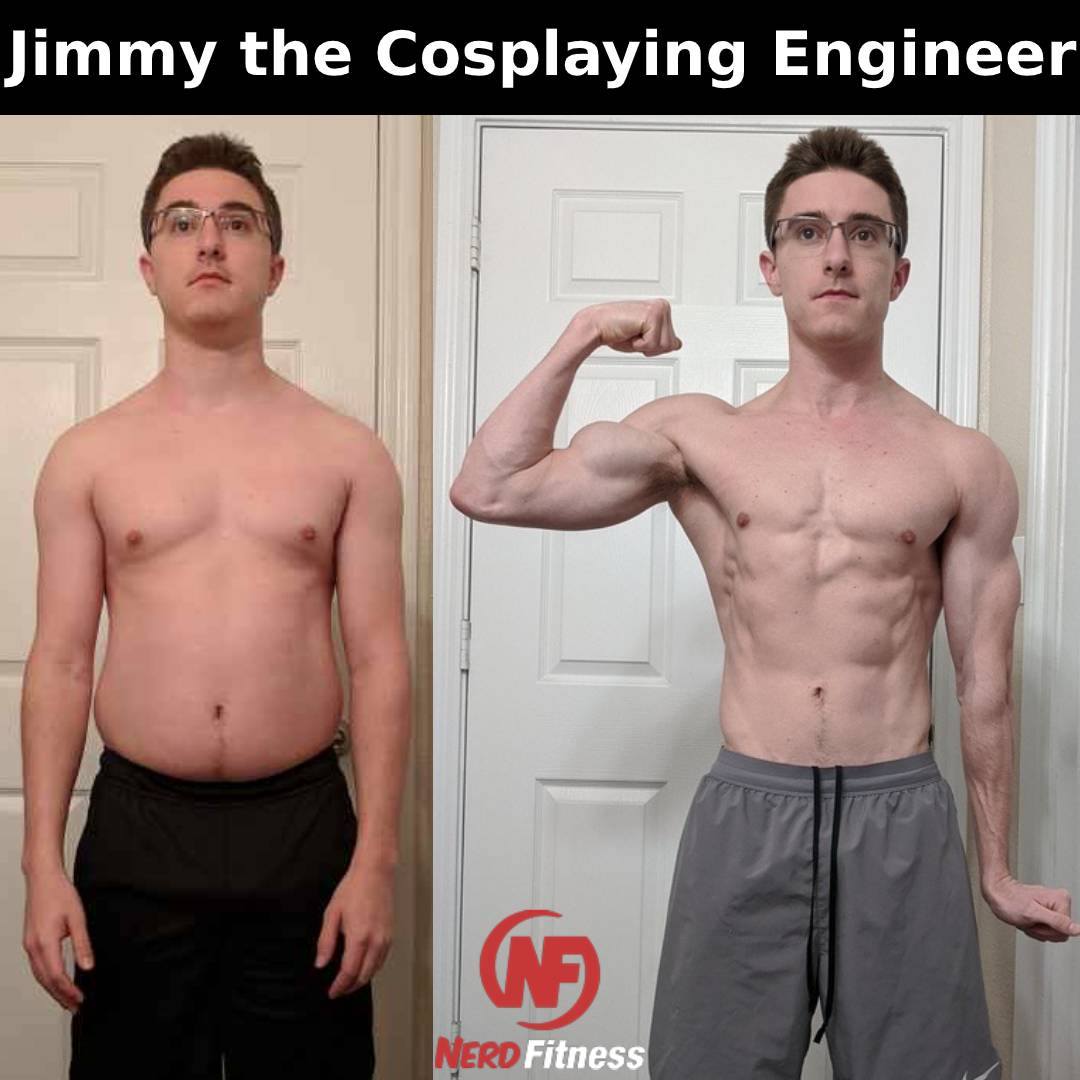
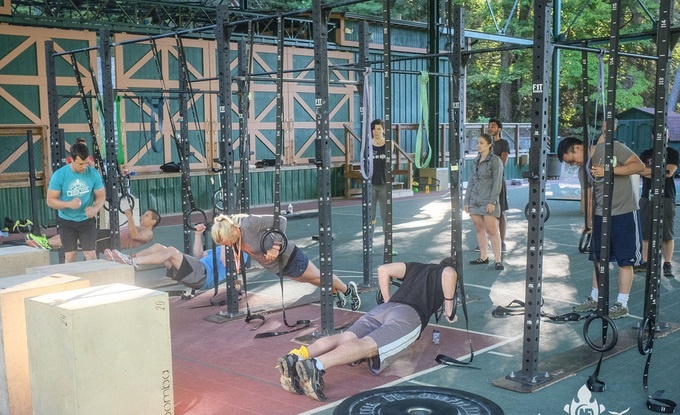


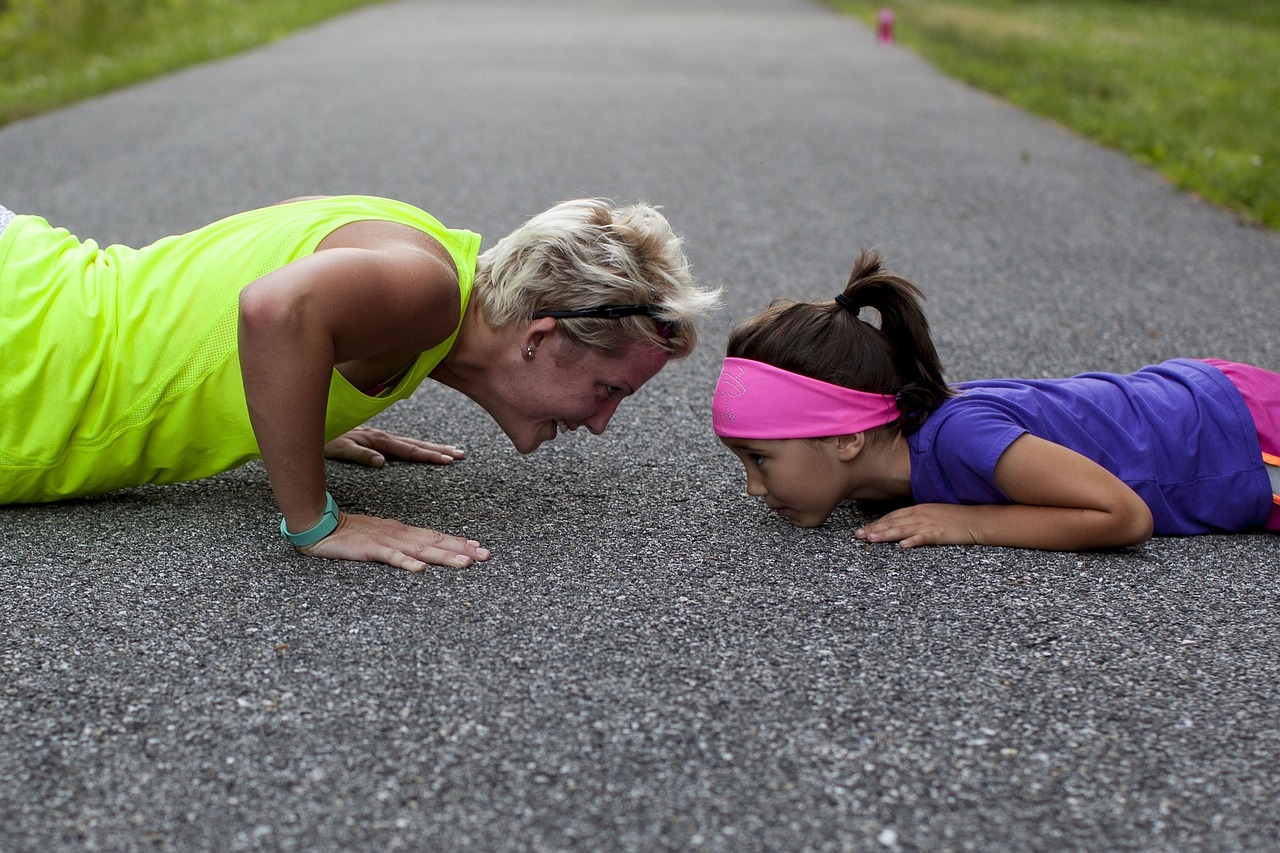



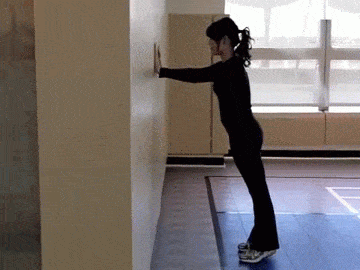
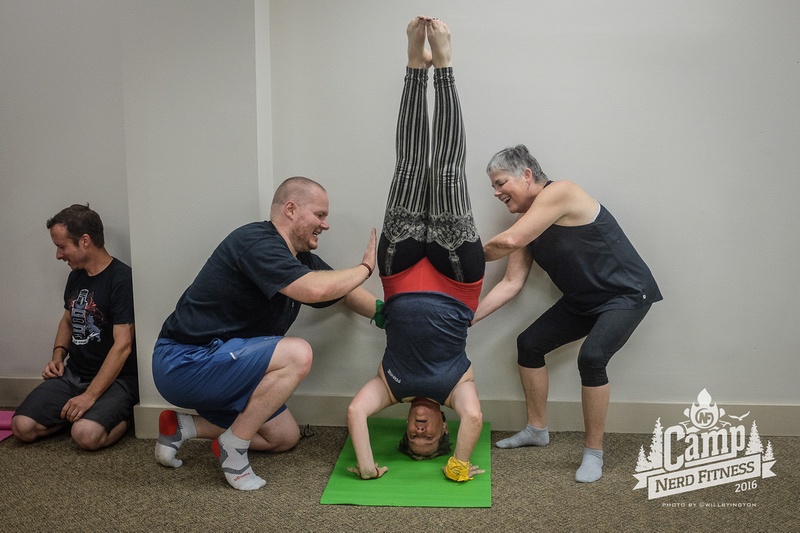
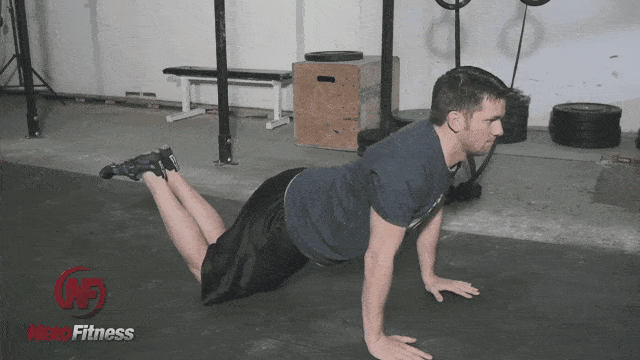

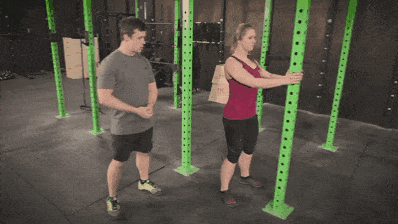
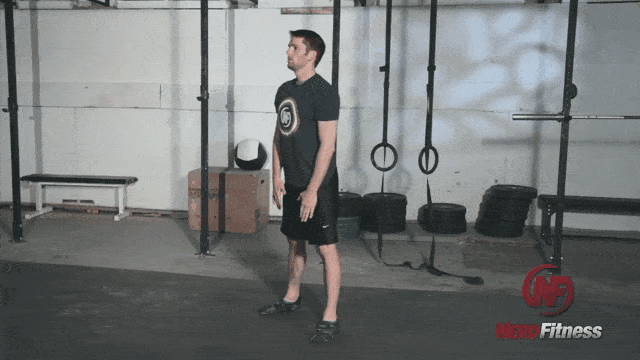
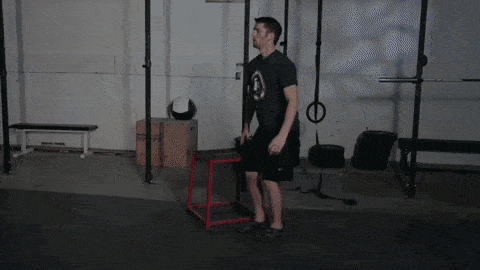

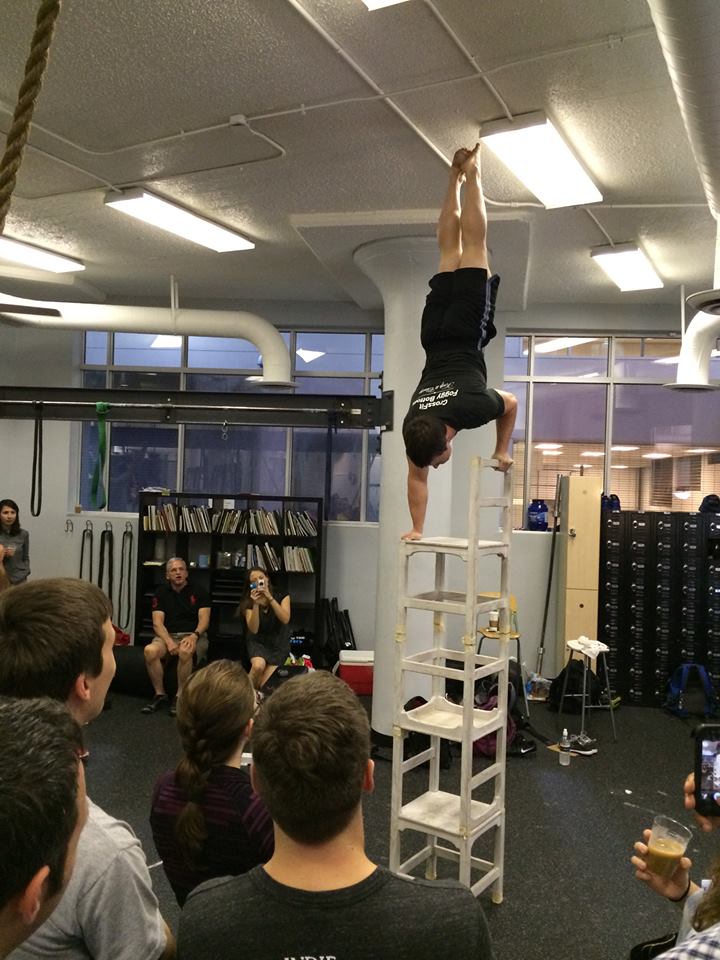




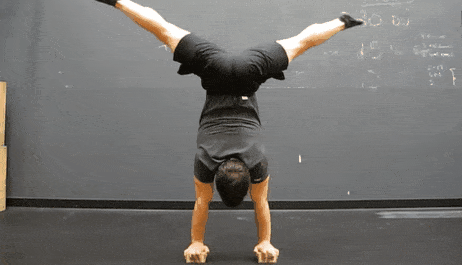
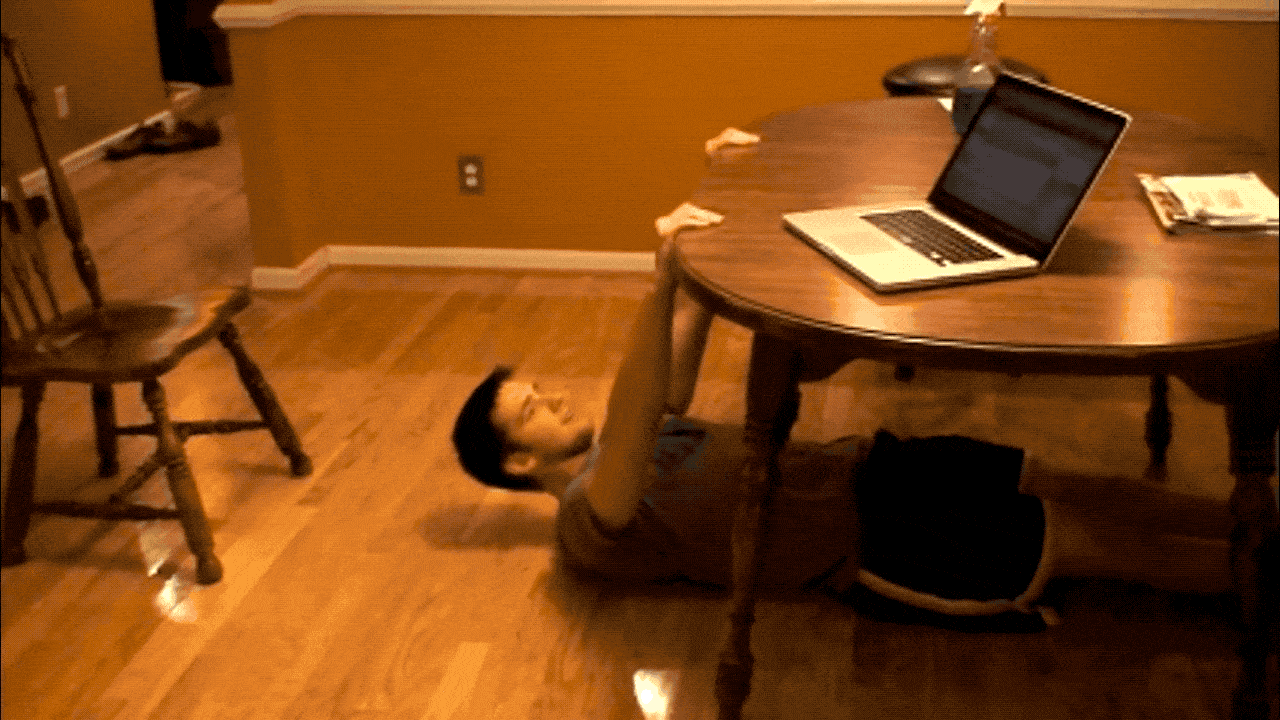
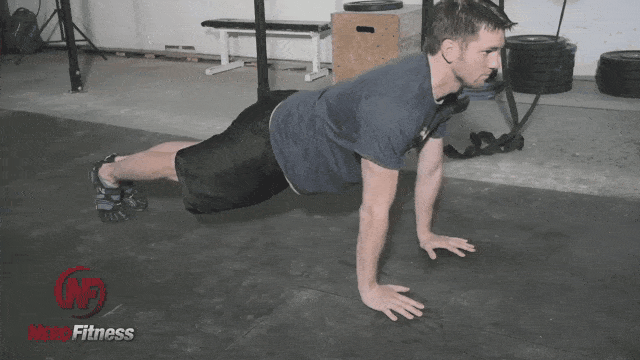
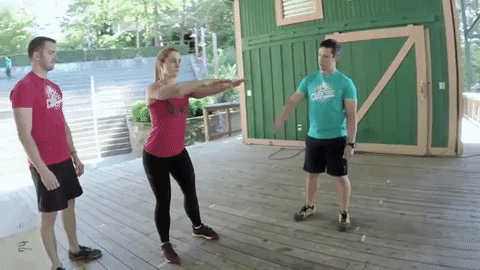
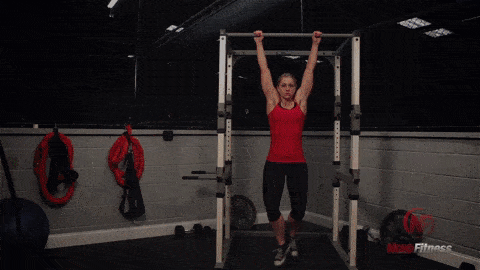
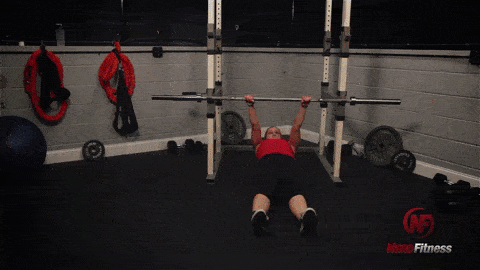


 Hi, everyone, Lindsay here. As a parent of school-aged kids, the upcoming school year is front and center in my mind. Like you, I’m trying to figure out how to make distance learning work for my family. Before starting today’s post, I want to acknowledge that everyone’s situation is different. Family structures, finances, support systems, living arrangements, access to technology, and employment all affect how we’ll approach this upcoming school year. Not to mention, our kids have unique needs, strengths, and challenges.
Hi, everyone, Lindsay here. As a parent of school-aged kids, the upcoming school year is front and center in my mind. Like you, I’m trying to figure out how to make distance learning work for my family. Before starting today’s post, I want to acknowledge that everyone’s situation is different. Family structures, finances, support systems, living arrangements, access to technology, and employment all affect how we’ll approach this upcoming school year. Not to mention, our kids have unique needs, strengths, and challenges.
 Ever make excuses for why you don’t partake in grains? Wondering the best way to pass on processed foods at a party? And how do you eat healthy when there are no healthy choices available? In this week’s edition of Ask a Health Coach, Erin is here to answer your questions about defending and maintaining a Primal lifestyle in a SAD world. Keep your questions coming in the comments section below or over in our
Ever make excuses for why you don’t partake in grains? Wondering the best way to pass on processed foods at a party? And how do you eat healthy when there are no healthy choices available? In this week’s edition of Ask a Health Coach, Erin is here to answer your questions about defending and maintaining a Primal lifestyle in a SAD world. Keep your questions coming in the comments section below or over in our 
 Bon bons sound so fancy, don’t they? It’s like saying “ice cream bites,” but with a French accent and a posh flair. You may get the impression that ice cream bon bons are difficult to make, but here’s a secret: they’re easy. If you can scoop ice cream, you can pull it off. And if you use Keto Pint Ice Cream, you can make low-carb keto ice cream bon bons without churning a thing.
Bon bons sound so fancy, don’t they? It’s like saying “ice cream bites,” but with a French accent and a posh flair. You may get the impression that ice cream bon bons are difficult to make, but here’s a secret: they’re easy. If you can scoop ice cream, you can pull it off. And if you use Keto Pint Ice Cream, you can make low-carb keto ice cream bon bons without churning a thing.
 Scoop out the coconut butter and spoon both into a heat-safe bowl. Set up a double boiler by heating a few inches of water in a pot.
Scoop out the coconut butter and spoon both into a heat-safe bowl. Set up a double boiler by heating a few inches of water in a pot. Remove the bowl from the heat right before the cacao butter is fully melted, and continue to whisk when it’s removed from the heat.
Remove the bowl from the heat right before the cacao butter is fully melted, and continue to whisk when it’s removed from the heat.




 Cover the ice cream twice with white chocolate, allowing the chocolate to coat all sides of the ice cream. Carefully place the finished bon bon on a piece of parchment and repeat with the remaining ice cream.
Cover the ice cream twice with white chocolate, allowing the chocolate to coat all sides of the ice cream. Carefully place the finished bon bon on a piece of parchment and repeat with the remaining ice cream. Place the bon bons in the freezer to allow them to set and harden.
Place the bon bons in the freezer to allow them to set and harden. Dust a little of the chai collagen on top and enjoy!
Dust a little of the chai collagen on top and enjoy!

 For now classes are 6pm and 640pm at 2840 Wildwood st in the Boise Cloggers studio.
Book your class NOW!
click this ==>
For now classes are 6pm and 640pm at 2840 Wildwood st in the Boise Cloggers studio.
Book your class NOW!
click this ==>








